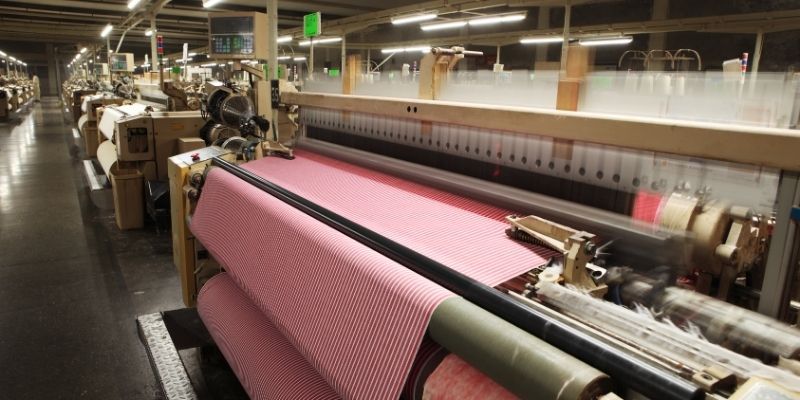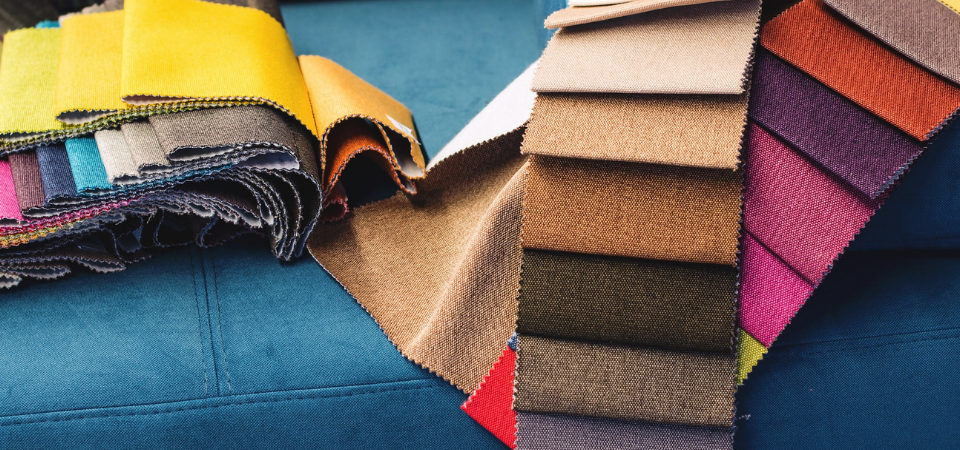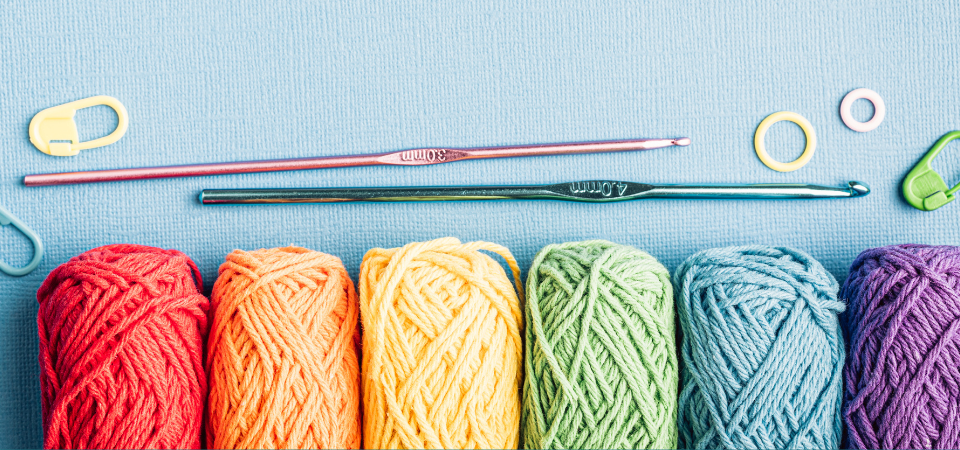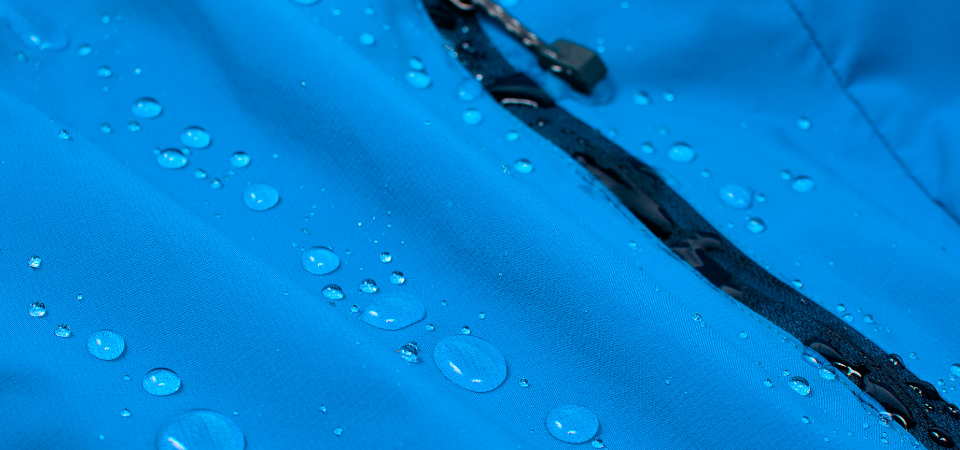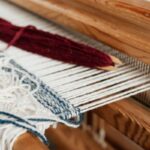
A Deep Dive into Types of Weaves in Fabric
November 13, 2023
Healthy Fabrics That Are Friendly to Your Skin
November 15, 2023A piece of fabric always remains from a textile product, and these pieces are also called factory fabric remnants. Both fabrics remaining from textile products and worn fabrics are in this category. There are many creative ways to re-evaluate waste fabrics. For example, blankets and pillows can be used as patches and accessories in home textiles. Fabric remnants are used through DIY and saved from garbage. The impact of this reuse situation is quite environmental because it has an effect to reduce harm done by the textile industry. There are many ways to buy these remnants, but the most common way is to follow the times when they were sold by a fabric factory. This article also discusses where you can use factory fabric remnants, how you can buy it, and how you can benefit from it.
What Are Factory Fabric Remnants?
The word factory fabric remnants can be used for many pieces of fabric. The remaining fabrics from a textile product, small pieces of waste fabric that cannot be used, or the rest of the worn textile products are called fabric residues. Textile factories occasionally offer fabric residues left in their hands. These remnants taken in this way are used in many different ways and are evaluated in different areas through advanced transformation. Moreover, fabric residues are much more affordable than normal fabrics and are preferred for making different designs.
What Can Be Done with Fabric Remnants?
The use of factory fabric remnants is very diverse. It is evaluated in many ways, from clothing to home textiles, from accessories to forties and back to clothing production. If you cannot find what to do with fabric residues, the list below may guide you.
1. Baby Blankets
Factory fabric remnants are small in size but can be used in many different ways. One of the things you can do with fabric remains is baby blankets. Especially worn fabric pieces tend to be soft. Among them, a baby blanket can be made by choosing fabrics that are natural and do not disturb baby skin. Moreover, it is possible to make a unique blanket for you, as the design is entirely yours.
2. Chair Cushions
These remnants can be used to experiment with flooring. It is a very simple product that can be made in home textiles. To make chair cushions, you need to cut and combine the fabrics in appropriate sizes and then fill the interior with a filling material such as a sponge.
3. Pillows
Very little residual fabric is needed to make a pillow compared to the blanket. All you need is to combine pieces of fabric with a correct and soft texture. You can then use it by filling it with cotton to be soft inside. You can also choose the fabrics you will use to add color to your home.
4. Quilting
Another functional way to use factory fabric remnants is quilting. This is not surprising considering that fabrics that were not used to make quilts in ancient times were preferred.
Fabric Remnants for DIY Projects
Fabric remnants are a great main material for DIY “Do It Yourself” products. There are many different things you can do with these fabrics as well as home textile products such as blankets, pillows, or chair cushions above. One of them is to patch using fabric waste. With the patch, both the clothes are repaired and the outfit is made with a different design. New clothes can also be produced with the forty’s technique using those in the form of large pieces from fabric residues. In addition, it can be used in coating boxes such as fabric waste and organizer. Similarly, large, small different scale and different color factory fabric remnants are also used on the surface of accessories such as bags.
Benefits of Using Factory Fabric Remnants
Using factory fabric remnants provides advantages in many areas. One of them is of course due to the fact that the textile industry has a sustainable preference to reduce the damage to the environment. It is a very environmental action as it saves energy and resources. In addition, it also saves in terms of cost. Instead of throwing clothes with minor imperfections such as ripped, it is much more affordable than repairing with pieces of fabric or producing a new outfit from fabric residues. Moreover, it gives a great opportunity in terms of design and offers the opportunity to personalize clothes. As can be seen, using these remnants has many environmental and economic benefits.
How To Organize Factory Fabric Remnants
There are many ways to organize factory fabric remnants. If you are interested in recycling and forward conversion, organizing fabric residues is very important. One of the things you can use to organize is transparent boxes. It is ideal for preserving fabrics as the inside of transparent boxes is directly visible. In this way, you can see the fabrics inside the box and choose this way before using the box you need.
You can separate the boxes you put the fabrics by their type, color, and size as another method. Using this method, you can have one box that has the large-scale pieces of fabric, and the fabrics of a certain color are in another box. This makes it easy to find what you need easily.
It is also recommended to make sure that the boxes where you keep the fabrics are closed. Fabrics that are not properly preserved tend to fade and dust. For this reason, it is recommended to keep it in a place where it does not see the sun and cannot get dust if it will not be used for a long time.
It is also quite functional for these remnants to create an easy-to-reach storage space where each fabric can be combined. For this, multi-purpose products such as drawers, bases, stackable baskets can be used.
Opportunities to Find the Right Factory Fabric Remnants Supplier
It is very important to find the right supplier for factory fabric remnants. The first thing to do for this will be internet research. It is a very easy and effective way to reach suppliers by doing research to find potential suppliers and listing the results you find. Social media also has prominent platforms to find the right supplier. It is an ideal area for finding fabric factories and communicating directly. Trade fairs also offer many opportunities to find the right supplier. By visiting these fairs, there is the possibility to find different suppliers, meet and communicate directly. In addition, it is possible to reach the remnants you are looking for through business agreements and references.

